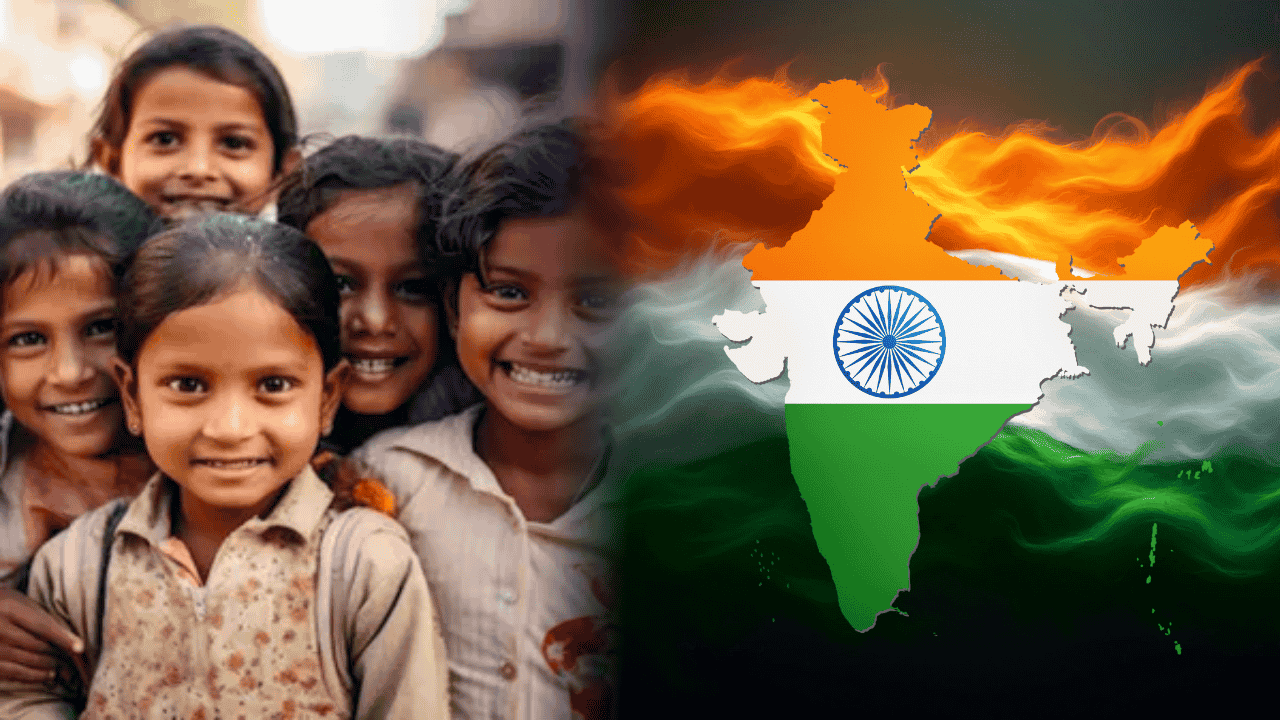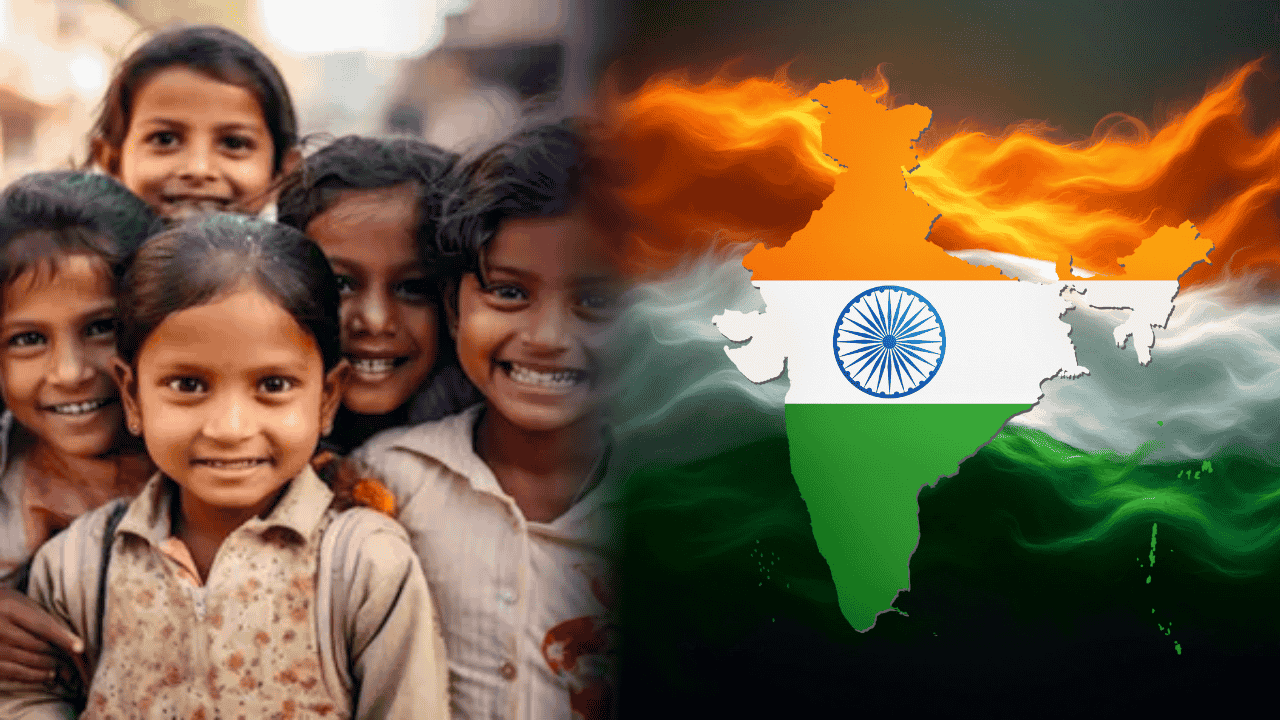Introduction: Why Demography Deserves Your Attention
World Population Day (11 July) goes far beyond a calendar observance. For UPSC and State PSC aspirants, it offers a ready-made case study that links Economics, Geography, Environment, Social Issues and Governance—virtually every General Studies paper. This Atharva Examwise blog breaks down the 2025 numbers, reveals hidden trends, and shows how to use them to enrich answers and score better in the mains and prelims.
H2 – What Is World Population Day?
Observed every year on 11 July.
Declared by the UNDP Governing Council in 1989 to mark the 5-billion milestone reached on 11 July 1987.
Core idea: raise awareness about population issues—family planning, gender equality, poverty, maternal health, and human rights.
H2 – Fresh Population Statistics (2025 Edition)
| Indicator | World | India |
|---|---|---|
| Total population | 8.23 billion | 1.46 billion |
| Year-on-year growth | +69 million (0.85%) | +12 million (0.89%) |
| Median age | 30.9 years | 28.8 years |
| Share in world pop. | – | 17.8% |
H2 – Fastest & Slowest Growing Nations (2024 Data)
Top 3 Fastest-Growing
South Sudan – 4.65%
Niger – 3.66%
Angola – 3.33%
Top 3 Slowest-Growing / Negative Growth
Russia – −0.49%
Japan – −0.43%
Cook Islands – −2.24% (Total pop. 7,761; in free association with New Zealand)
H2 – India’s Falling Fertility Rate: A Turning Point
Total Fertility Rate (TFR) 2025: 1.94
TFR in 2000: 3.35
Implication: Average family size has dropped below the ‘replacement level’ of 2.1 in several states, signalling the onset of an ageing curve in coming decades.
What to cite in answers
National Family Health Survey-5 findings.
Economic Survey chapters on demographic dividend.
Government schemes: Mission Parivar Vikas, Beti Bachao Beti Padhao, PM Jan Aarogya Yojana.
H2 – Historical Context & Evolution
11 July 1987: Global population touches 5 billion.
1989: UNDP designates the date as World Population Day.
Milestones: 6 billion (1999) → 7 billion (2011) → 8 billion (15 Nov 2022).
Use this chronology to craft crisp introductions in mains essays.
H2 – Key Objectives & UN Mission
Family Planning: Access to safe, voluntary contraception.
Gender Equality: Empower women to make reproductive choices.
Universal Health Coverage: Reduce maternal & infant mortality.
Sustainable Development: Align with SDG 3, 4, 5 & 13.
H2 – Demographic Challenges in 2025
Resource Strain: Food, water, energy, housing.
Employment Pressure: 12 million new entrants annually in India’s labour market.
Urbanisation: Unplanned growth, slums, pollution.
Climate Impact: Higher consumption → greater emissions.
Ageing Societies: Pension and healthcare burdens, particularly for Europe & East Asia.
H2 – Success Stories & Policy Wins
Global: Contraceptive prevalence up to 65% (UNFPA).
India:
Sharp TFR decline in southern & western states.
Sagarmala & Bharatmala projects creating jobs for a young workforce.
Digital health stack (Ayushman Bharat Digital Mission) improving maternal care.
H2 – Linking World Population Day to the UPSC Syllabus
| GS Paper | Relevant Themes | How to Use Data |
|---|---|---|
| GS I | Population & associated issues, urbanisation, women & vulnerable sections | Quote 2025 stats for demographic dividend or migration answers |
| GS II | Welfare schemes, health & education, SDGs | Evaluate family-planning programmes, National Health Policy 2017 |
| GS III | Inclusive growth, employment, environment | Connect population growth with resource management & climate targets |
| Essay & Ethics | Demographics, human values, governance | Use case studies like Japan’s ageing or India’s youth bulge |
H2 – Action Plan for Aspirants
Memorise Key Numbers: 8.23 bn world, 1.46 bn India, TFR 1.94.
Create Flash Cards on fastest/slowest-growing nations.
Link Concepts: Population ↔ SDGs ↔ Schemes ↔ Constitution Articles (e.g., Art 47 – public health).
Practice PYQs: Search keywords “population policy”, “demographic dividend” in previous UPSC papers.
Draft Mains Notes: Keep a 200-word ready-made note combining stats + analysis + schemes.
H2 – Frequently Asked Questions (FAQs)
Q1. Why does UPSC repeatedly ask questions on demography?
Because population dynamics influence economy, polity, society and environment—core areas of the syllabus.
Q2. What is the difference between TFR and Crude Birth Rate?
TFR is the average number of children a woman is expected to have; CBR is births per 1,000 population in a year.
Q3. How will India’s falling TFR impact future planning?
Short term: potential demographic dividend. Long term: ageing population, higher dependency ratio—demanding pension and healthcare reforms.
Key Takeaways for UPSC Aspirants
Quote 2025 numbers confidently to enrich answers and stand out.
Understand both sides—youth bulge opportunities and ageing challenges.
Correlate policies with SDGs to show multidimensional analysis.
Use country comparisons (South Sudan vs. Japan) to demonstrate global perspective.
Keep revising—demography is dynamic, and updated figures can fetch those extra marks.
Stay tuned to the Atharva Examwise blog for more UPSC-centric insights, and keep your preparation population-proof!








